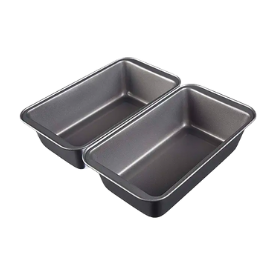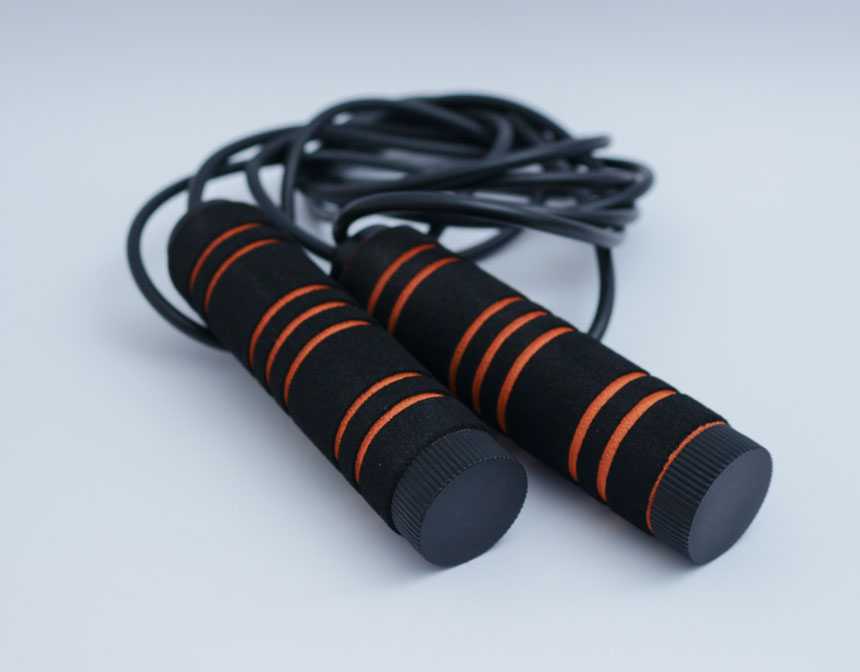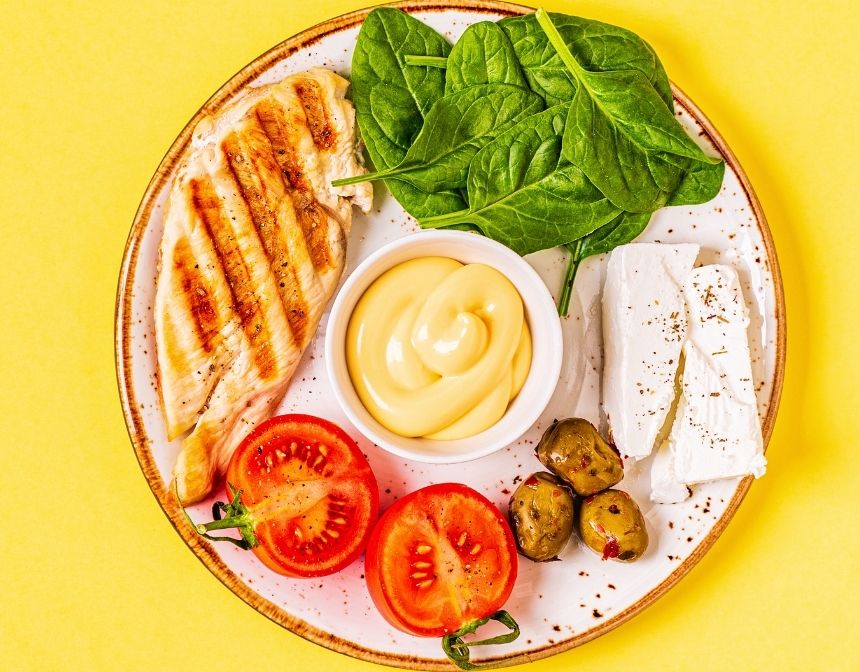What Is Rye Bread?
Rye bread is bread made from rye flour. Homemade rye bread has a crusty coating and is light and fluffy on the inside.
Rye bread is a type of bread made from different proportions of rye flour. It is usually denser than wheat flour bread and can be light or dark in color depending on the nature of the flour used and the inclusion of colorants. It has more fiber, is darker in color, and has a stronger flavor than white bread. Rye bread has a lower glycemic index than some other breads, such as white bread, which means it causes a slower rise in blood sugar after consumption.
Rye has a savory flavor, and adding very little of it to a loaf will change the flavor. Molasses and cocoa powder are common additives to rye bread, which give color and taste. Caraway seeds can also be used to give the dish a more unique flavor.
Is Rye Bread Healthier Than Normal Bread?
Because rye flour has less gluten than wheat flour, the bread is heavier and doesn't rise as high as wheat-based loaves. It is, however, inappropriate for people with celiac disease or gluten sensitivity since it still includes gluten.
Zinc, pantothenic acid, phosphorus, magnesium, calcium, and other micronutrients are also found in modest levels in rye bread. Rye bread is often richer in fiber and contains more micronutrients, notably B vitamins, than conventional breads like white and whole wheat (1, 2, 3). Rye bread has been associated with numerous health advantages, including enhanced blood sugar control, heart health, and digestive health.
What to Eat with Rye Bread?
Rye bread is often good for sandwiches since it is nutty, sturdy, and has a strong taste. Here are some meal alternatives that work well with rye bread, whether you're looking for a sweet or savory sandwich to eat for lunch or as a snack.
Here are our delicious recipes that you can prepare or serve with Rye Bread:
How to Store Rye Bread?
Rye bread will last for days at room temperature if stored in a paper bag. Wrap it in a plastic bag to extend its life by a few days.
Also, rye bread can be stored in the freezer. Wrap it in plastic wrap and aluminum foil, then freeze it for up to three months in a freezer bag. If preferred, thaw at room temperature and reheat in the oven.














































